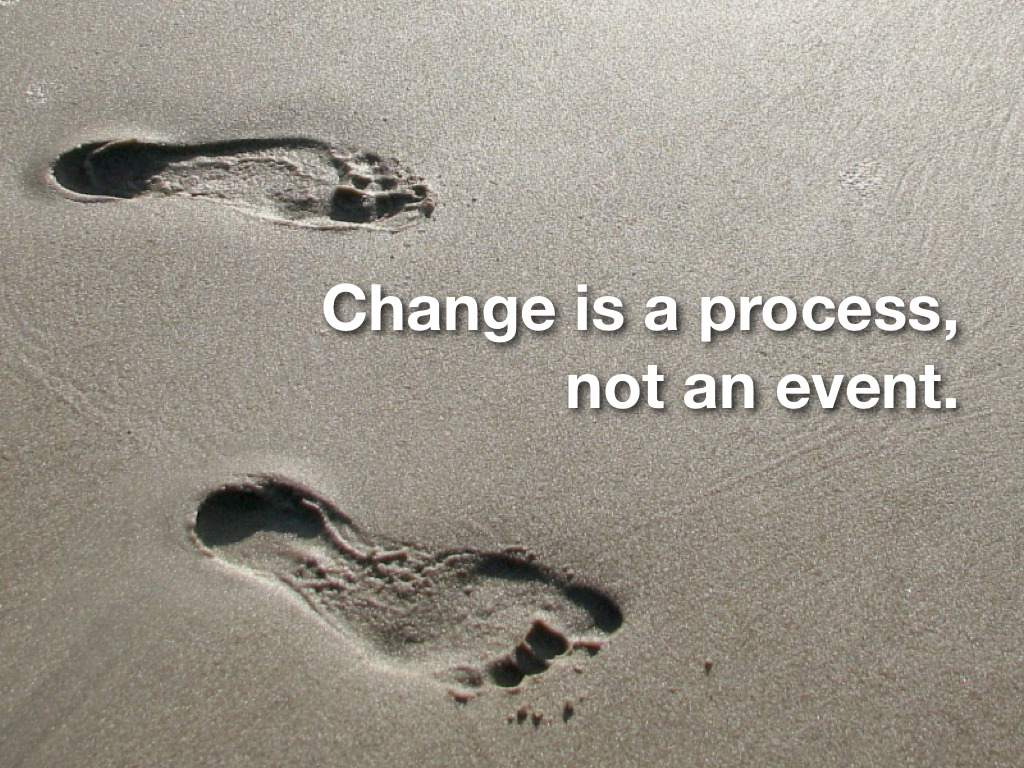Change is challenging for everyone, and when you’re changing up a familiar IT system for something new, a lot of your people are apt to feel lost, and may even be resistant. In order to get everyone on the same page, you need to make them part of the process so that they can see from a holistic perspective the problem you’re trying to solve.
How do you help them understand why change is necessary, and get them on board? When I’m brought in to assist with this process, I first have people actually map out their processes using big sheets of butcher paper taped on the wall. When you do that, when you can see all the data in front of your eyes at the same time, you’ll be able to spot where the breakdown in the process occurs and why.
The next step I take is to figure out what data we need to capture—when, where, and in what order—to give us the information we need to make good decisions. The goal here, as always, is to be better, faster, smarter. To make that happen, we have to have better information in a timely manner, and that’s probably not happening right now. This will also help your staff to see the reason for going through all this effort.
Here’s an example of the sort of breakdown we might spot while going through the process: a company that’s getting into a new market is unable to share information about that market with their operations people before they get the work. They’re ending up with people who are being slowed down by a learning curve—but all this could have been prevented if they had the process and IT support to get them this information ahead of time.
Or we might find that accounting and finance are having a problem closing the books. Hopefully, they’re not restating earnings—but they might be. They’re not getting their data organized. Because of the huge growth cycle the company just experienced, the data is not consolidated to the point it needs to be. A lot of work is being done in spreadsheets, or even Big Chief tablets and number-two pencils. IT can support new
processes that bring together all this data into a single, easily accessible format that has a consolidated perspective on the information.
It’s essential that we get our processes automated so that the data feeds from one system to the next without any gaps. This allows the processes to be constructed in a way that minimizes errors and avoids duplicate entries. We want people to be working on meaningful things; we want them to be analyzing meaningful information so that they can get the data out in a timely manner.
When I’m hired to help a company reinvent itself in this way, I use many different communication techniques to bring people together, including things as low-tech as posters hung up in the hallways and “ town halls,” as well as e-mails and social media. We let people know how and why we are going to transform them into a better, faster, smarter company that will be ready for the next business storm cycle.
Let’s work together to get your processes mapped out and bring everyone around the same table.

